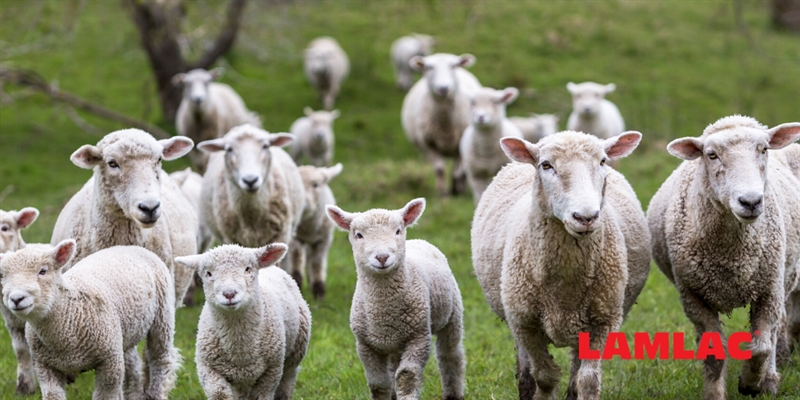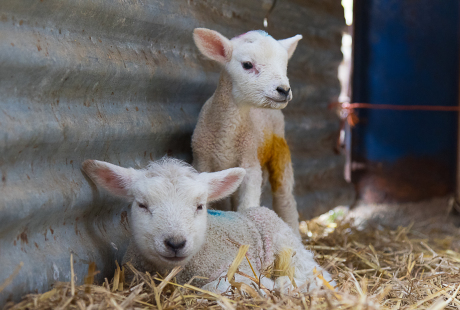
UK sheep producers remain unfailingly positive in the midst of the continuing political uncertainty surrounding the country’s exit from the EU. That’s according to findings from the annual Volac Lamlac lamb rearing intentions survey.
More than 300 farmers completed the survey during November 2019 with over half (57%) of the respondents demonstrating significant confidence in the sheep industry by claiming to have put more ewes to the tup last autumn (compared with 2018.) Nearly two thirds (66%) of shepherds still believe it will be extremely important to rear the maximum number of lambs possible in 2020. And when it comes to dealing with any surplus lambs, 47% say they aim to rear more lambs away from the ewe on milk replacer.
“There’s no doubt that many sheep producers remain upbeat about the future for the industry and this mindset definitely extends to planning to make sure every lamb counts,” said Lamlac product manager, Samantha Sampson from Volac.
The survey findings also highlight that three-quarters of farms now have a specific system in place to rear their surplus lambs. For one in three producers this still means rearing lambs by hand on a bottle, but as many as a fifth of farms are now experiencing the benefits of using a thermostatically controlled milk bucket or computerised milk feeding machine. Those rearing surplus lambs on these innovative practical devices say that ‘the saving on labour around lambing time’ and ‘releasing time to do other things’ are the most popular motivators for investing in a bucket or machine. A belief that you get faster, highly cost-effective lamb growth rates with less risk of digestive upset was also prevalent.
When it comes to the type of milk replacer being fed to these surplus lambs, UK sheep farmers opt overwhelmingly (72%) for a proven product such that has delivered for them in previous seasons.
“It’s now common practice to remove a third lamb to be reared artificially on ewe milk replacer, with 85% of farms claiming to do this. What is interesting though is the lamb selection choice criteria that farmers use,” said Ms Sampson.

Volac advises that it is best to leave a balanced pair on the mother and practically this is what most farms seem to be doing. Shepherds talk about removing ‘the strongest’ lamb (22%), ‘the weakest’ lamb (18%), ‘the smallest’ lamb (17%) or ‘the largest triplet’ (7%). We tend to recommend simply removing the odd one out and 28% of respondents said they did this. However, just under 5% say they’d choose ‘a male lamb’ and 3% would select ‘a female lamb’.
Interestingly, almost three quarters (74%) of farms would also remove a lamb from a twin-bearing ewe lamb to take the pressure off and allow her to keep milking and growing.
Colostrum feeding

Encouragingly, more than 85% of producers feed colostrum to surplus lambs within two hours of birth. However, it seems only 20% of flocks are feeding enough.
Volac recommends that surplus lambs be fed good quality colostrum as soon as possible after birth and preferably within the first two hours of life (50ml/kg liveweight per feed). In total newborns should receive a minimum of 210ml/kg liveweight within the first 24 hours of life.
Weaning

In terms of weaning surplus lambs, two thirds (67%) of farmers use a mix of criteria (age, daily food consumption, appearance and multiple of birth weight). “This is good to hear because the timing of weaning should not be controlled by a single factor,” said Ms Sampson.
“We advise that surplus lambs should be weaned abruptly at a minimum of five weeks of age when they are two and a half times their birthweight and, importantly, eating an average of 0.25kg of solid feed a day over three days.”